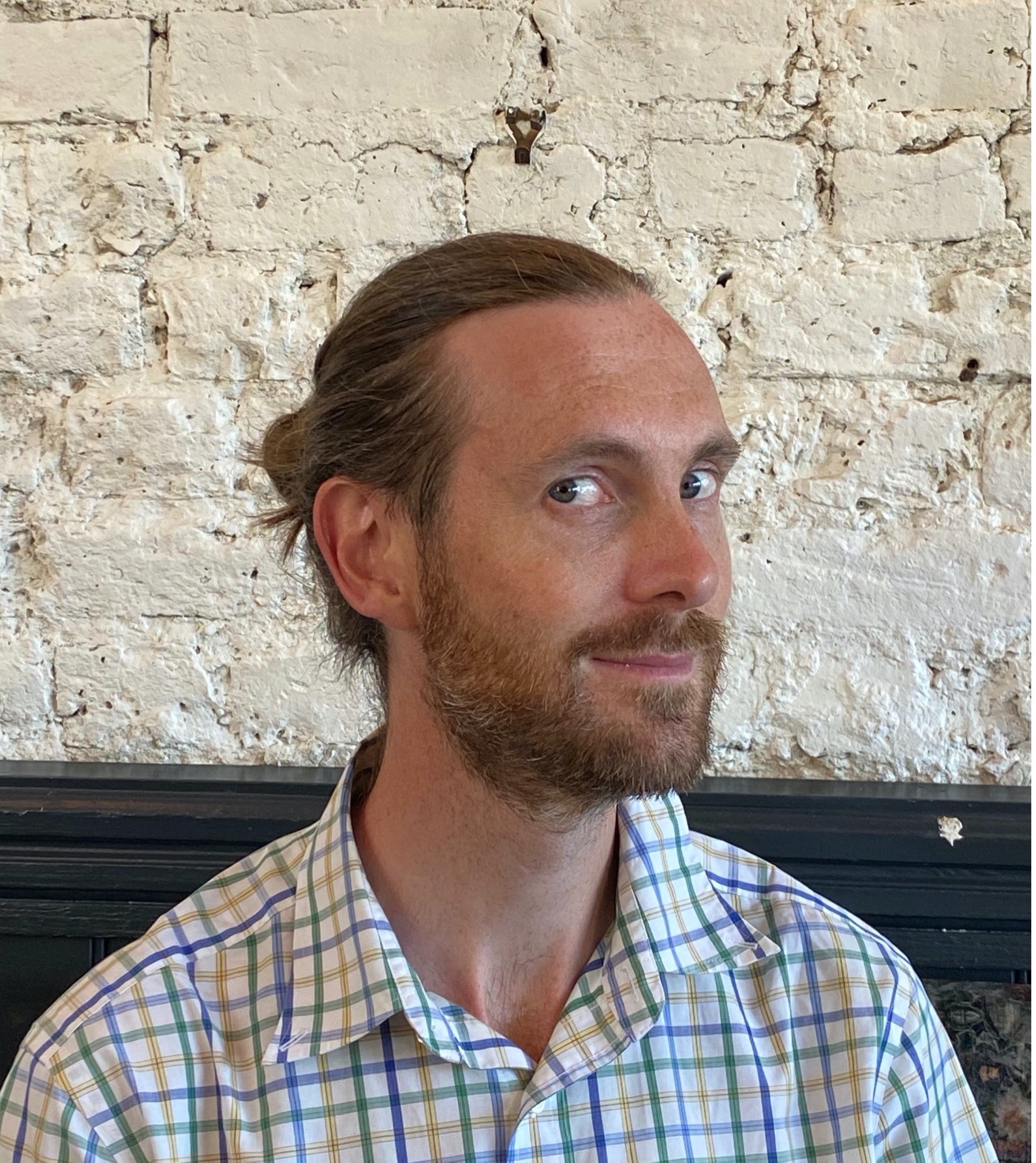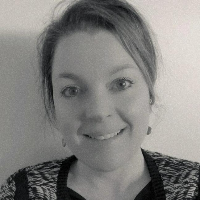Earthquakes don’t kill people,’ the saying goes. ‘Buildings do.’
There is truth in the adage: the majority of deaths during and just after earthquakes are due to the collapse of buildings. But the violence of great catastrophes is not confined to collapsed walls and falling roofs. Earthquakes also have broader effects on people, and the environments we live in.
The United Nations Economic and Social Commission for Asia and the Pacific (ESCAP)’s second Disaster Resilience Week starts in Bangkok on 26 August 2019. Practitioners and researchers have achieved great progress in reducing disaster risk over the past few decades, but we must do more to save lives and protect livelihoods.
Can history help?
Building against disaster
Buildings are a good, practical place to start.
Material cultures offer paths to resilience. A major example is traditional building styles that reduce the threat from seismic shaking. A building is not only a compilation of bricks and stones, but a social element that reflects the cultural life of a community. This is the powerful point made by the Kathmandu-based NGO, National Society for Earthquake Technology (NSET), in a recent report on traditional Nepalese building styles.
NSET, and others working in the field, have identified features of traditional building styles that limit damage during shaking. For example, diagonal struts distribute the load of a roof and limit damage during earthquake shaking.
 |
| Historic building with diagonal struts at Patan Durbar Square, Kathmandu, Nepal. Photo: Daniel Haines, 2017 |
This is important because parts of falling buildings often kill people.
Nearby, in the Himalayan kingdom of Bhutan, the royal government is investigating the earthquake-resistant features of traditional rammed-earth buildings.
 |
| An old (c. 400 years?) rammed-earth residential building near Paro, Bhutan. Photo: Daniel Haines, 2017 |
In fact, seismically-appropriate building styles have evolved along similar lines across a huge Eurasian arc of tectonic unrest, from Italy to Kashmir.
But in most countries, population pressure and the use of cheap, unreinforced concrete construction in growing towns and cities has crowded out traditional construction methods.
Reducing disaster risk always means weighing costs in the present against potential protection in the future. Recovering or encouraging traditional methods is potentially cheaper than enforcing modern seismic engineering.
Long-term health impacts
Focusing only on buildings, though, neglects other important aspects of large earthquakes. These shocks do not only shake buildings down, but can dramatically re-shape landscapes by causing huge landslides, changing the level of water in rivers and leading to flooding.
History shows that these changes can hurt people for months or years after the rubble of buildings have been cleared and reconstruction has begun.
For example, a giant (8.4 Mw) earthquake struck northeast India in 1897. Its epicentre was near Shillong, in the borderlands between British India and China. Luckily, the quake happened in the afternoon, so most people were out of doors. The official death toll – the number of deaths that the colonial government attributed directly to the earthquake – was around 1,500.
Yet officials also thought the poor health conditions that followed the earthquake and the substantial floods that it caused were largely responsible for a major cholera epidemic which killed 33,000 people in the Brahmaputra Valley during the same year. That is twice as many as the previous year.
From the available evidence, it is not yet clear how directly the earthquake and the cholera deaths were linked, but other examples saw similar scenarios. In 1934, another major (8.0 Mw) quake devastated parts of Nepal and North India.
This time, the official death toll in India was around 7,500, but again many more people died from related health complications over the following years. In one district in northern Bihar province, an average of 55,000 people died of fever every year over the next decade. In other areas, malaria was unusually prevalent over the same period.
Government reports held secondary effects of the earthquake responsible for the high death rate.
Events that happened long ago therefore demonstrate the complexity of earthquakes’ impacts, even on the relatively straightforward question mortality. Studying them highlights the need to focus present-day disaster responses on long-term health implications.
Of course, this says nothing of earthquakes’ less concrete, but very important, impacts on social structures, community life, governance or the economy.
History in action
In some cases, historical researchers are contributing directly to initiatives to reduce risk from natural disasters.
Hurricane Katrina showed in 2005 that low-lying New Orleans is terribly vulnerable to storm surge and flooding. Craig Colten, a historical geographer at Louisiana State University, is working with a team of scientists to find solutions by raising the height of the ground in parts of the city while adding forested wetlands on its north shore. Colten is studying analogous historical efforts in other American cities – flood-control measures in nineteenth-century Chicago and responses to hurricanes in Galveston, Texas, around 1900 – as well as examining previous proposals for creating buffers between New Orleans and the sea.
These historical examples provide evidence of what works and what does not. They also highlight the politics of decision-making that help determine whether local communities will support landscape engineering projects.
The international frameworks governing disaster risk reduction such as the Sendai Framework for Disaster Risk Reduction and the Sustainable Development Goals understandably focus on the present, not the past. Historians need to join the conversation to show practitioners that lessons from the past can help build resilience in the future.
———————————
This blog is written by Cabot Institute member Dr Daniel Haines, an environmental historian at the University of Bristol.
 |
| Dr Daniel Haines |





